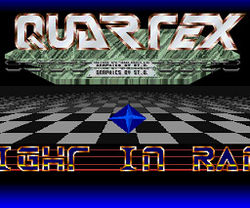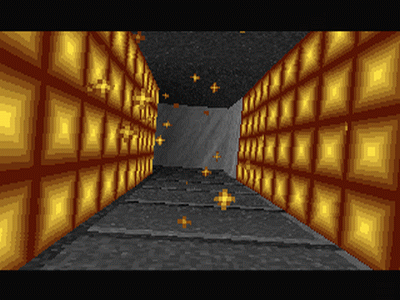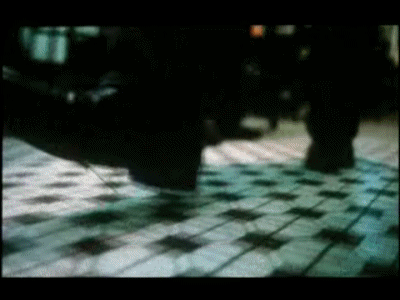Demos and The Demoscene
i was inspired by a special someone to write this...
the demoscene is a culture, an artform, and are very very impressive. they are a worldwide collective working to create "demos" - extremely tiny programs that were initially usually created as signatures for early computer software cracks, called "cracktros".

these would appear as an introduction to cracked software, often showcasing the cracker's credits. often, people would use this as a means to compete against other groups, even to the extent of making it more complex than the software itself. crack intros first made an appearance on the Apple II, and went on to software on computers such as the ZX spectrum, Commodore 64.. sometimes, this went on to include more vulgar things, such as threats to other groups. don't worry, though. this definitely doesn't happen today...
as time went on, the practice of making these intros evolved into the community known today as the "demoscene". while it's not a very mainstream subculture, laymen can just see what they can make in 4K (within a 4KB executable) and be in awe. in fact, it's considered a part of UNESCO!
see, i don't feel very equipped to talk about the scene at all, so i'd actually like to shine a light on the technical part of it all, and some really impressive stuff i've seen!
so, what are they made of?
most of this information comes from The Book of Shaders, which is an excellent resource to the world of fragment shaders and what they are capable of!
usually, these demos consists of shaders, which are a set of instructions. while vertex shaders are done on every vertex, fragment shaders are done on every pixel, which allows it to compile and run extremely fast. parallel processing allows for this, and this is why GPUs are so powerful - they have many microprocessors running in parallel!
modern computers usually contain groups of four processors that run in tandem, where each of these are known as a thread. to make these run in parallel, these threads are "blind" to the other threads. all data must flow in the same direction, which creates complications - such as modifying input data of a thread, checking the result of a thread... this puts the integrity of data at risks, and additionally are memoryless. this makes it quite the pain for people to program. and also... contains rather complicated math.
if you would like to read more about trying out shader programming, please check out the resource linked above or these articles by Inigo Quilez!
the top resource for these demos can be find on pouët, which is a very cool platform for demoscene stuff.
Void 3 by Kolor
this demo ranked 1st place in the 4 kB demo competition at Mekka & Symposium, 1999. it's produced for the MS-DOS, and is a 4k with synthesised music and speech. the source code for this can be found here, and you can watch it here

Omniscient by Sanction
this demo recreates the entire first level of descent in 4k, first showcased at Mekka & Symposium 1997 and ranked first place. this is one of my favourites, and is just really cool! you can watch it here

Propaganda by inf
this demo is a really interesting, VN pv-like creation that has great aesthetics... it won 3rd at Mekka & Symposium 2001. you can check it out here
